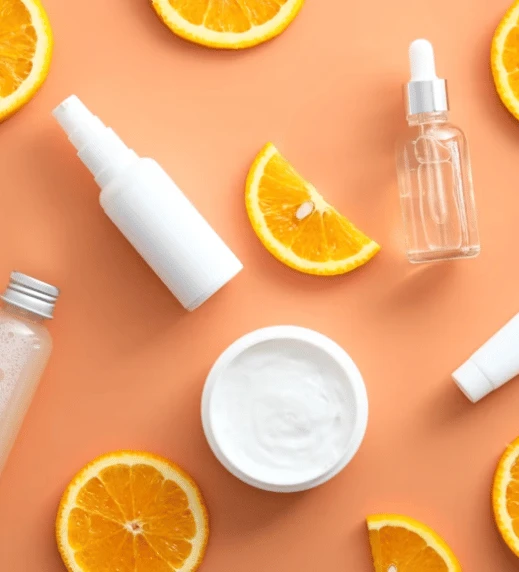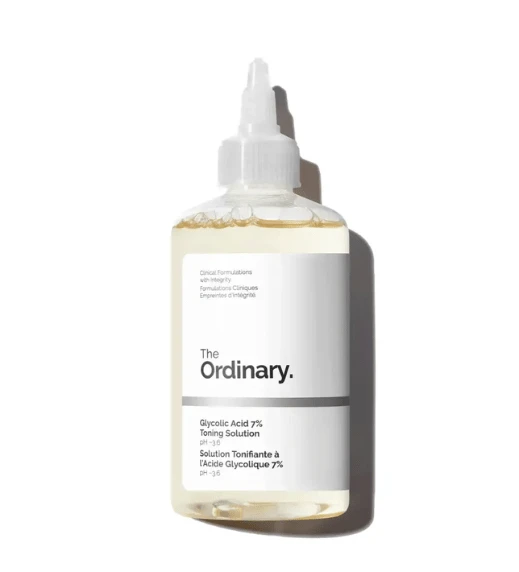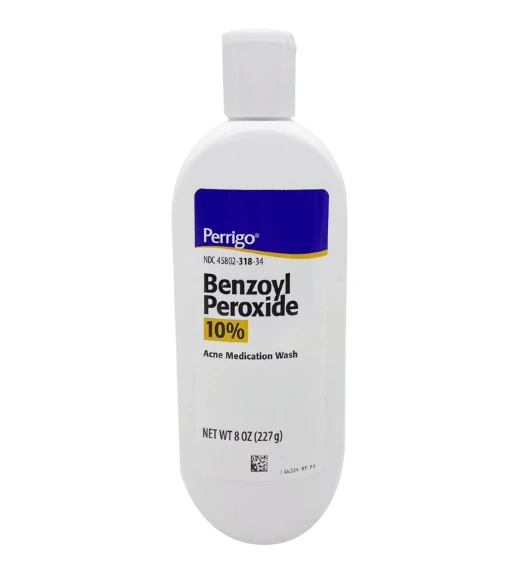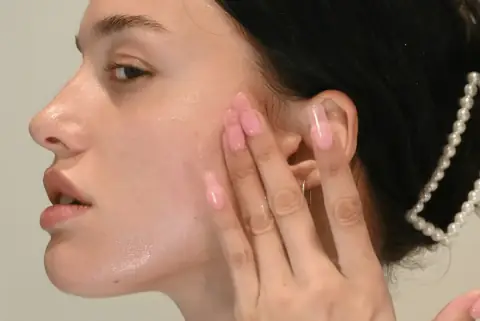After testing and trying out a lot of skincare products we really gets tired when we still get those breakouts out of nowhere, soon-to-be wrinkles, dry and damaged skin barrier and what not? Here comes the anti-aging lifesaver retinol—Most people are introduced by this through their dermatologist or a friend who is already using it or maybe an influencer they follow for all their skin problems. But as an active ingredient, you have to be mindful of how to incorporate retinol in your skincare routine because as much as it is packed with powerful skin wonders it can also ruin your skin when mixed with certain skincare ingredients.
What Is Retinol?
Retinol is a group of Vitamin A derivatives found in eggs, sweet potatoes, and carrots. It has fat-soluble vitamins that are highly beneficial for the skin, that help with anti-aging, uneven skin texture, fine lines, combating acne and acne scars, wrinkles, dark spots, hyperpigmentation and other healing properties. There is also confusion about retinol—it is a skin exfoliant, but in reality, it is an antioxidant.
The retinol is mostly suggested by dermatologists as it can be extremely irritating to the skin if not used correctly, or on the right skin condition for it. It is highly suggested to consult to a dermatologist before adding retinol to your skincare routine for best results. Or you can start using it in a tiny amount a few times a week to build the retinol tolerance on your skin.
What Should Never Be Mixed with Retinol?
Ahead, you will discover ingredients you were mixing that were doing wrong to your skin or breaking you out.
Vitamin C

Vitamin C is amazing for brightening skin, fading dark spots, boosting collagen, and even offering some UV protection. But when it comes to retinol, it’s not the best teammate. Layering vitamin C with retinol or any other acids can lead to irritation. Think redness, dryness, peeling, or extra sun sensitivity. To play it safe, keep them apart in your routine. A good rule? Use your vitamin C serum in the morning and save retinol for nighttime.
AHAs and BHAs

AHAs and BHAs—aka chemical exfoliants—are great for smoothing out your skin by gently removing dead cells from the surface. They help reveal that fresh, glowing layer underneath. But when you mix them with retinol, things can get a little intense.
Using AHAs or BHAs with retinol can actually overwhelm your skin and It can weaken your skin barrier and make you more sensitive to the sun. The same goes for physical exfoliants like scrubs or anything too abrasive—pairing them with retinol can be a recipe for irritation.
If you want to use both exfoliants and retinol in your routine, go slow. It is recommended to alternate between them on different nights or keeping acid exfoliants to just once a week on a non-retinol night.
Benzoyl Peroxide

One ingredient you’ll want to be careful with when using retinol is benzoyl peroxide. It’s a popular acne-fighting ingredient, but when paired with retinol, the combo can do more harm than good. Benzoyl peroxide can actually break down retinol, making it less effective. Plus, both ingredients can be pretty drying on their own, so using them together might leave your skin irritated.
If you want to include both in your routine, the good news is—you still can! Just use them at different times of day. Apply benzoyl peroxide in the morning and stick to your retinol at night just like other ingredients. One exception? Adapalene (a type of retinoid for acne) can safely be used with benzoyl peroxide.
FAQs
1. What is the Main Ingredient in Retinol?
Retinoic acid—a metabolite of vitamin A is the active ingredient (but in lower amounts) in retinol, which helps increase the growth of new cells.
2. Why is Retinol Used Only at Night?
Retinol needs to get into your skin to provide all the benefits it has for the skin. The nighttime is the best time to apply retinol, as during the daytime your skin is exposed to the sunlight, which can weaken the beneficial properties in the retinol and cause serious skin irritations.
3. What is the Best Retinol for Beginners?
The best way to incorporate retinol in your night routine as a beginner is to use a cream that has 0.3% retinol, also using the sandwich method will make it even easier to get your skin used to it.
4. What is the Sandwich Method for Retinol?
The sandwich method is layering a small amount of moisturizer before applying retinol and then again using a tiny layer of moisturizer after applying retinol. This will help your skin from getting dry and prevent any skin irritation.
What Ingredients Go Well With Retinol?
If you're using retinol, it's a good idea to pair it with ingredients that hydrate and calm your skin. It is recommended to pair gentle and moisture-boosting ingredients like hyaluronic acid, glycerin, and ceramides as they work really well alongside retinol. Cica and green tea also has soothing, anti-inflammatory properties, and if your skin is feeling extra irritated, colloidal oatmeal can be a skin-saver.
Vitamin E is another great match if you want to pair with retinol. Since it's fat-soluble, using retinol with an oil or cream that contains vitamin E can help your skin absorb it better, and might even make it more effective.








